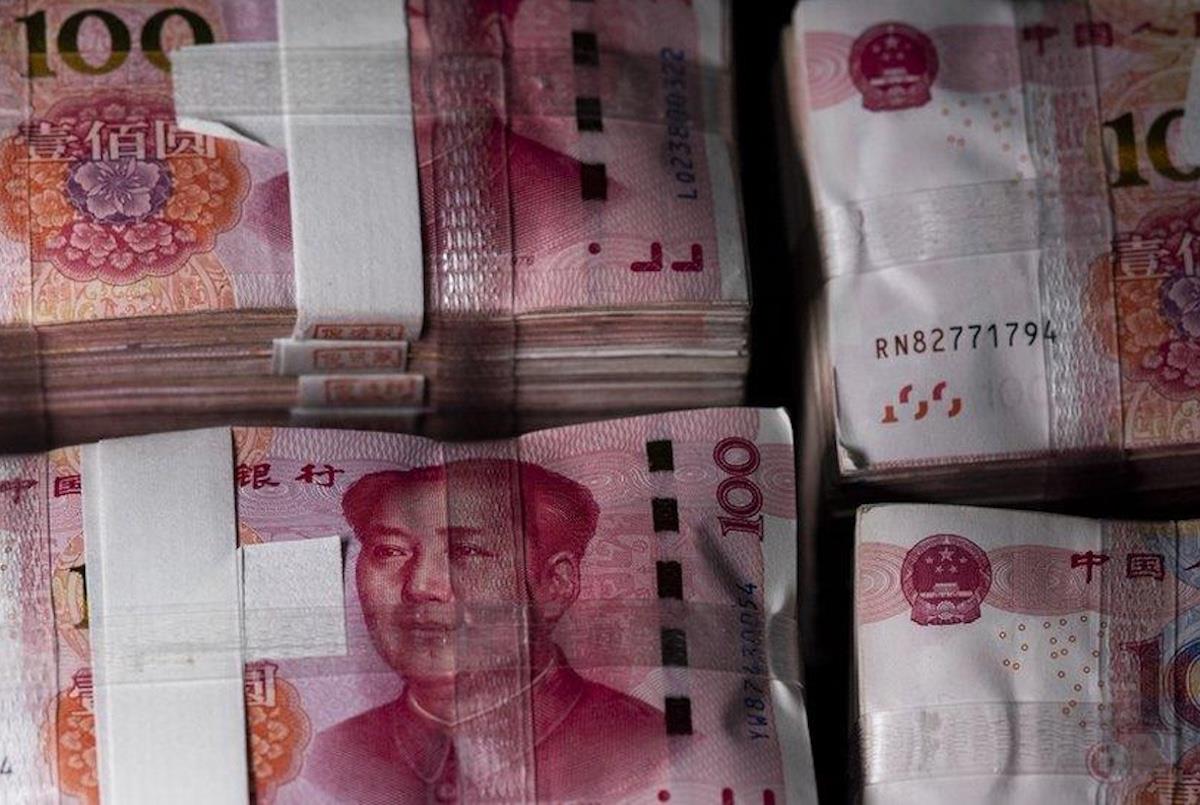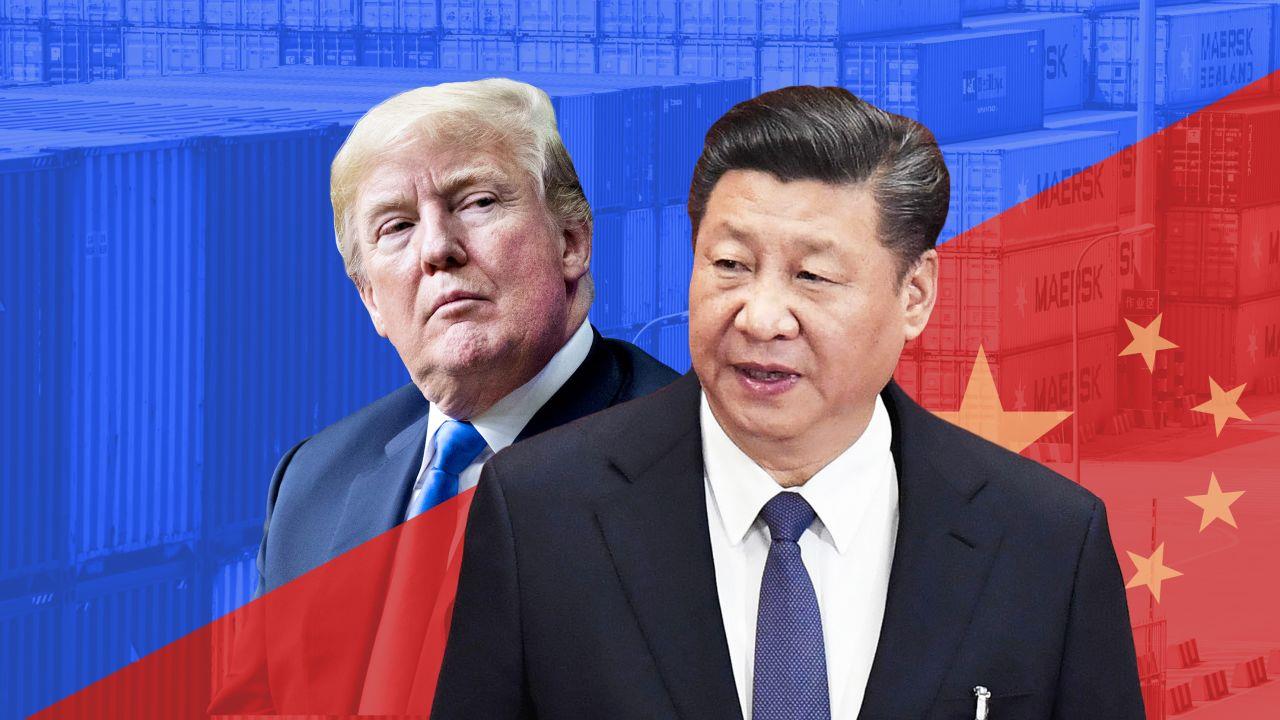
FX Speculators Drive China's Yuan To 17-Year Lows
Gongsheng.
Pulling from one side are currency traders betting Beijing will respond to Donald Trump's coming trade war with a weaker yuan. On the other side, is Chinese leader Xi Jinping, who until now has opposed engineering a lower exchange rate.
This week, Pan's team signaled anew its support for a stable yuan by setting its daily reference rate even stronger than the psychologically important 7.2 per dollar level. It did so in response to the yuan dropping past 7.3 per dollar.
Though the yuan is trading at 17-year lows, the downward pressure on exchange rates extends much wider than Beijing. On Monday (January 6), most major Asia region currencies slid as the US currency traded at two-year highs.
“Trump's trade policy plans are driving renewed expectations of a stronger-for-longer US dollar,” writes BMI, a Fitch Solutions company, in a note.“This has the potential to send prices lower” in China.
Along with“Trump trade” dynamics boosting the dollar, traders are responding to hints from the US Federal Reserve that rate cuts may be few and far between in 2025.
For one thing, US inflation isn't receding as rapidly as hoped. For another, the American labor market continues to display unprecedented vigor even as global headwinds intensify.
None is bigger than underwhelming Chinese demand amid cratering property markets. The resulting weakness in retail sales and confidence is generating deflation.
“With deflationary pressures mounting despite expectations for more aggressive policy easing, the Chinese 10-year yield has dropped below 1.6%, signaling a flight to safety,” says Carlos
Casanova, economist at Union Bancaire Privée.
This scenario, Casanova adds,“could mirror Japan's experience in the early 1990s, with the potential for a significant carry trade - borrowing in yuan to invest in higher-yielding U.S. assets - which could have major implications for US risk assets, particularly if policymakers allow the yuan to weaken in 2025.”
The good news is that data suggest China is regaining some of its footing. Services sector activity among private companies rose to a seven-month high in December. The Caixin services purchasing managers' index from S&P Global rose to 52.2 from 51.5 in November.
Still, headwinds are intensifying, says Wang Zhe at Caixin Insight Group. The“external environment,” the economist warns, is poised to become“more complex” in 2025, requiring“early” policy strategies and“swift responses.”
On Monday, Beijing regulators convened in a bid to reassure nervous investors selling Shanghai and Shenzhen shares. Officials at both exchanges stressed that China's US$17 trillion economy is underpinned by“solid fundamentals and resilience.” They also said they're actively working“to solicit opinions and suggestions” from foreign institutions.

Legal Disclaimer:
MENAFN provides the
information “as is” without warranty of any kind. We do not accept
any responsibility or liability for the accuracy, content, images,
videos, licenses, completeness, legality, or reliability of the information
contained in this article. If you have any complaints or copyright
issues related to this article, kindly contact the provider above.





















Comments
No comment